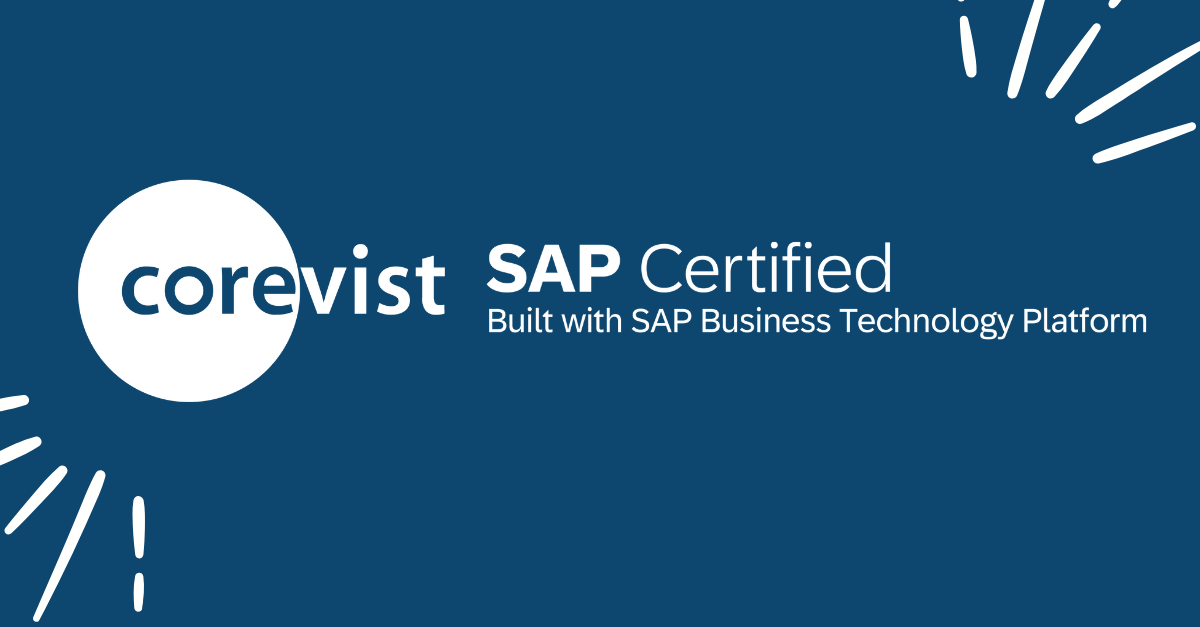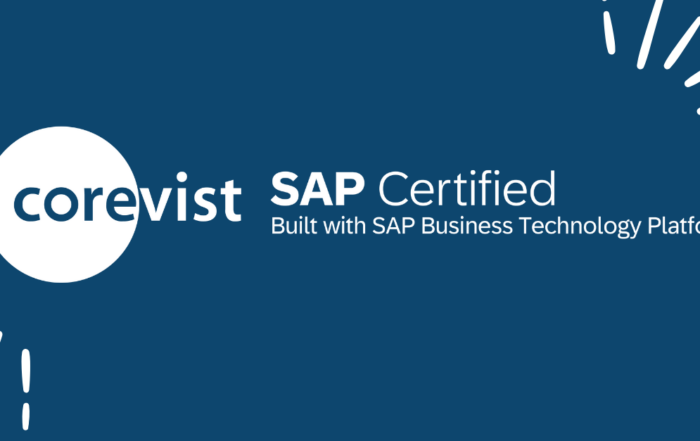Share
Author
Sam Bayer
Share
When a customer portal project goes wrong
The story about Avon’s $125M write off of their B2B eCommerce project in Canada was all over the press last month as 2013 was coming to a close. It’s a beastly ending to a project that got started in 2009.
For me, the Avon story started in May of 2011 at the SAPPHIRE show in Orlando. I was one of 100,000 people who saw Bill McDermott, SAP co-CEO, proudly strut on stage with an iPad in hand to lavish praise on Avon’s vision. His key message was that mobile access to SAP would dramatically transform Avon’s business model. (Little did he know how prescient he was…but not in a positive way).
As SAPInsider Dave Hannon reported, Bill demoed a world where:
“…when the Avon lady rings your bell, she’s going to be holding a tablet computer to show you the vivid colors of their products on screen and placing orders and showing you delivery dates. It really is an effective business case. It blows your mind!”
I was sitting there having just signed our fourth client, Office Relief, and laboring to launch our first SAP/Magento integrated B2B eCommerce website with them. Bill’s demo simultaneously validated our market and proclaimed that SAP was vigorously pursuing it.
I felt like David must have felt in the presence of Goliath. (We all know how that turned out :-0)
Fast forward 31 months to December of 2013 and the Wall Street Journal prints the news that Avon was canceling their SAP eCommerce rollout.
The final project scorecard? A $125M write-off and about 16,000 Canadian Avon reps quit.
Ouch! Big ouch.
What happened?
According to InformationWeek, it was a beautiful website, but it simply couldn’t get the job done. It was unusable.
- You couldn’t login reliably.
- You couldn’t get real time inventory information.
- You couldn’t place real time orders that reserved your inventory.
- It did not support both low and high volume ordering sales reps.
Why didn’t it work?
All the signs were pointing to a mismanaged project with an overly complex architecture.
SAP seems to have upheld their end of the bargain. The SAP implementation appears to be working fine and is able to manage the Avon business well. But Avon decided to bolt on a custom IBM Websphere based eCommerce front end that turned out to be the boat anchor that sank the ship. If you’re not going to go after SAP information in real time, EVERYTHING has to be duplicated in the front end. EVERYTHING. Customer, product, pricing, inventory, delivery, payment rules and data all have to be replicated. EVERYTHING.
That’s complicated. $125M worth of complicated. 16K lost customers complicated. 55 months complicated. How many people got fired complicated?
This project also clearly suffered from a classic case of IT hubris. The project team believed that they knew better than their users…who were hinting at the fact that the website was unusable just as the pressure to launch was mounting. One senior Avon representative was quoted as saying “…the head office kept insisting that the system was working, but it was not. The sales leaders here in Canada feel that Avon is trying to portray the representatives as too stupid to use the technology.”
Bill McDermott was right in 2011. B2B eCommerce websites do indeed have an “effective business case”. Mobile access clearly has its place for certain business scenarios. But one thing is for sure. If a website is launched and no one uses it, you really don’t have a website.
The moral of the story?
Vision is nothing without execution.
There are thousands of SAP ERP implementations all over the world that are ready for B2B eCommerce. I hope they learn from the Avon experience and look for solutions that:
- leverage their SAP investments,
- don’t inject unnecessary technical risk into their projects with complicated (duplicating data and rules) architectures,
- listen to user feedback that is gathered early and often,
- solve real business problems for real business users…don’t just look flashy,
- get into production quickly…3 months versus 55 months, and
- save millions and millions and millions of dollars by eliminating the need for complicated and expensive software and armies of consultants
Hmmmm. I wonder who can offer them that?
Sam
[want_more title=”Learn more” subtitle=”FREE Case study: 150% Sales Growth with Rich Content” description=”Learn how a leading flooring manufacturer more than doubled sales with a B2C-style catalog.” button_text=”Download Now” button_link=”/” button_class=”btn btn-primary mannington-ae” title2=”See it for yourself” subtitle2=”Talk to us” description2=”Curious what Corevist Commerce can do for you? Let us show you a personalized demo. You’ll see ecommerce with real-time SAP data.” button_text2=”Schedule Demo” button_link2=”https://www.corevist.com/demo/” button_class2=”demo-popup”]








